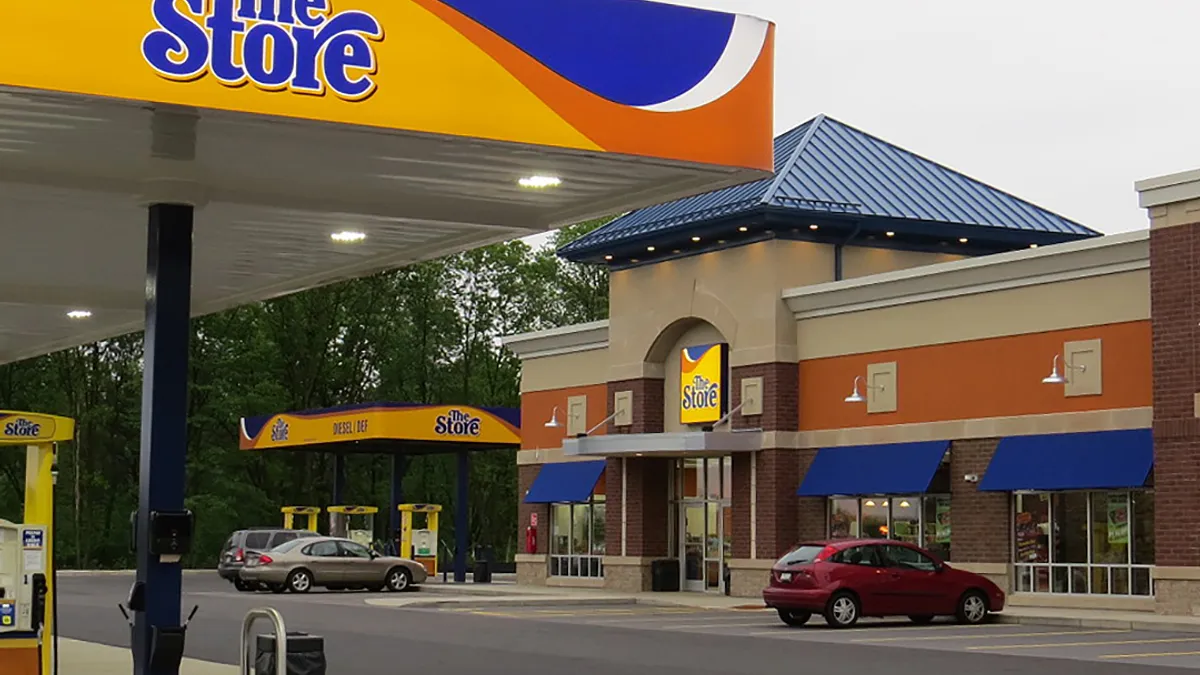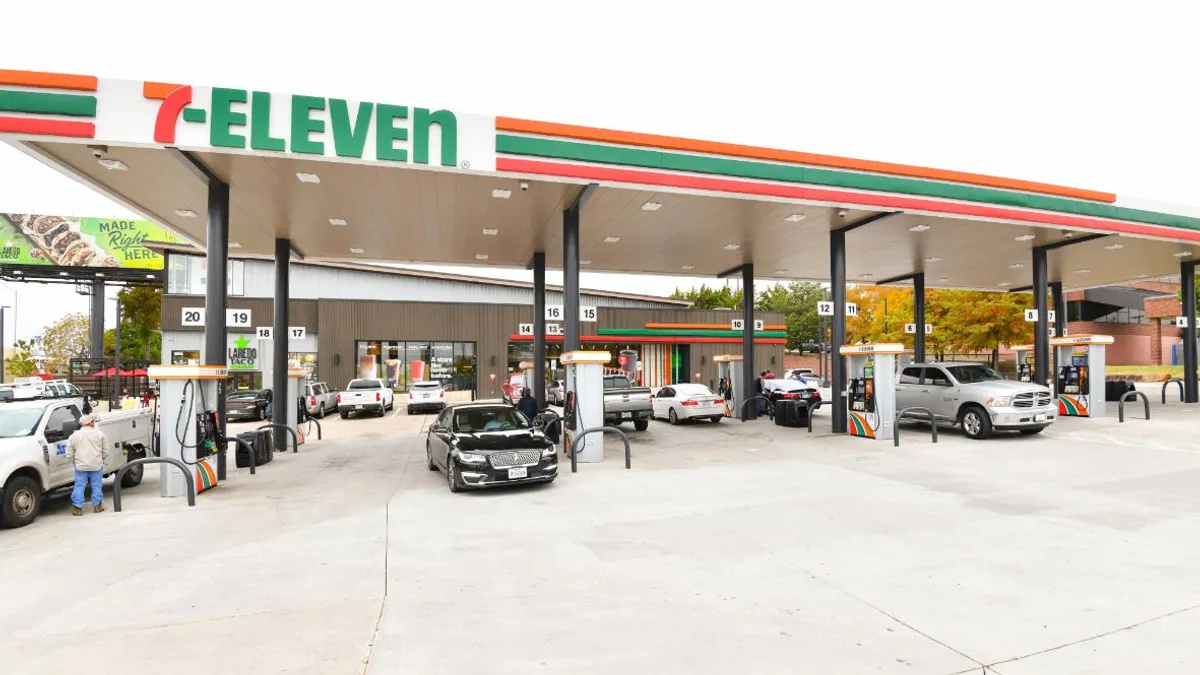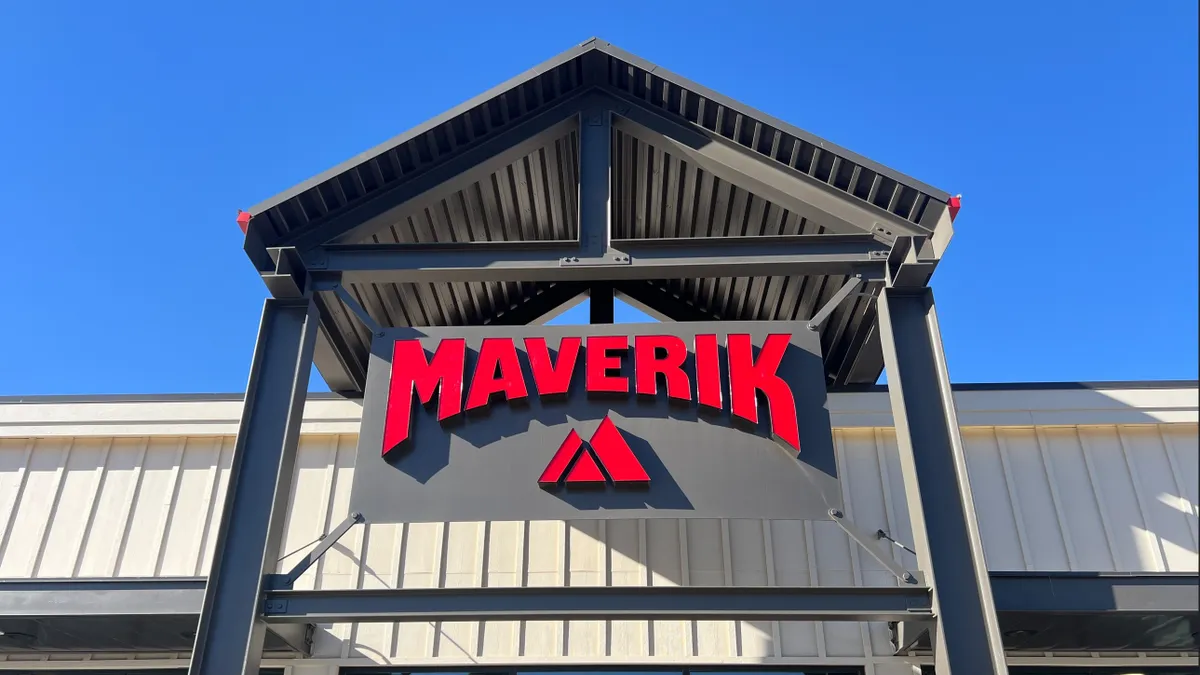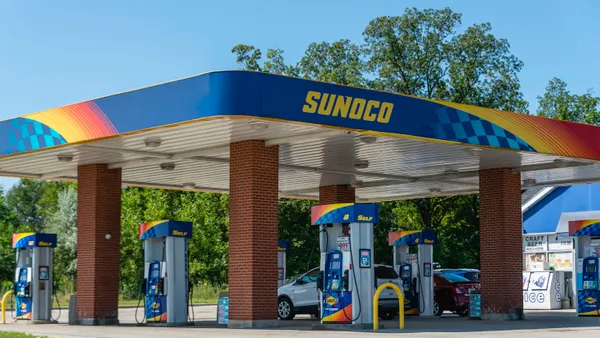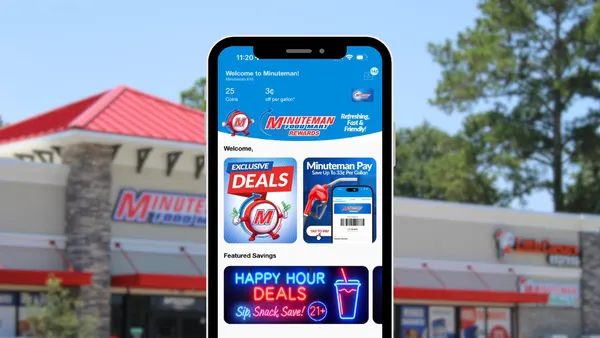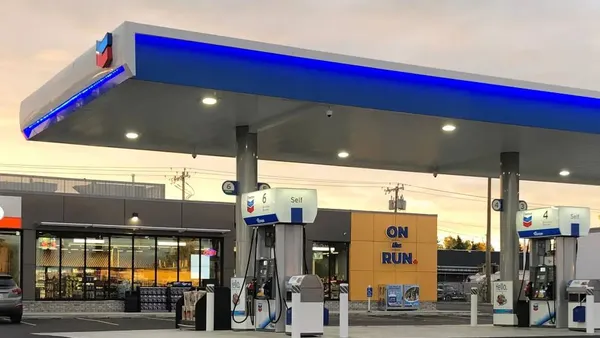From the rise and fall of the COVID-19 pandemic to ballooning inflation and interest rates, difficult economic conditions have forced many small c-store operators to sell to competitors that are seeking more scale.
Large c-store companies have pricing power and economies of scale that make it easier to weather turbulent economic times, while their juggernaut marketing programs boost brand awareness even outside their main areas of operation.
These brands are moving into more and more communities, and their strategic initiatives — like expanding foodservice programs or testing retail media networks — dominate the industry conversation.
All of which can leave small-scale operators wondering how they can stay competitive.
Part of the challenge, said Mike Lawshe, founder of c-store design and consulting firm Paragon Solutions, is being able to look beyond the big chains’ playbooks to define success and set strategy.
“The thing that drives me a little crazy is when we have customers come in and say, ‘I want to build a [QuikTrip], a Buc-ee's,” said Mike Lawshe. “Well, you can't. You're in a different game.”
Even if a retailer doesn’t have the scale of a large regional chain, there are a few things they can do to keep their business standing strong even among the industry giants.
Solve problems, find niches
Relying on smokes and Cokes is no longer going to be enough, experts pointed out.
“The Coca Cola they're buying is the exact same Coca Cola in every single c-store,” said Kevin Farley, chief client officer for c-store consultancy W. Capra. “You have to change what you offer outside of this traditional c-store offering for them to come into your store.”
Many small and mid-size c-store chains are adding proprietary QSRs or building bigger stores that offer prepared foods in a broader effort to compete with restaurants. Before then, there have been significant changes like the reduction of service centers or the move toward food-focused stores that aim to compete with QSRs.
These changes have left a vacuum in the industry, said Lawshe, creating space for “someone with a little creativity, someone wanting to change the industry” to step in and cater to these needs.
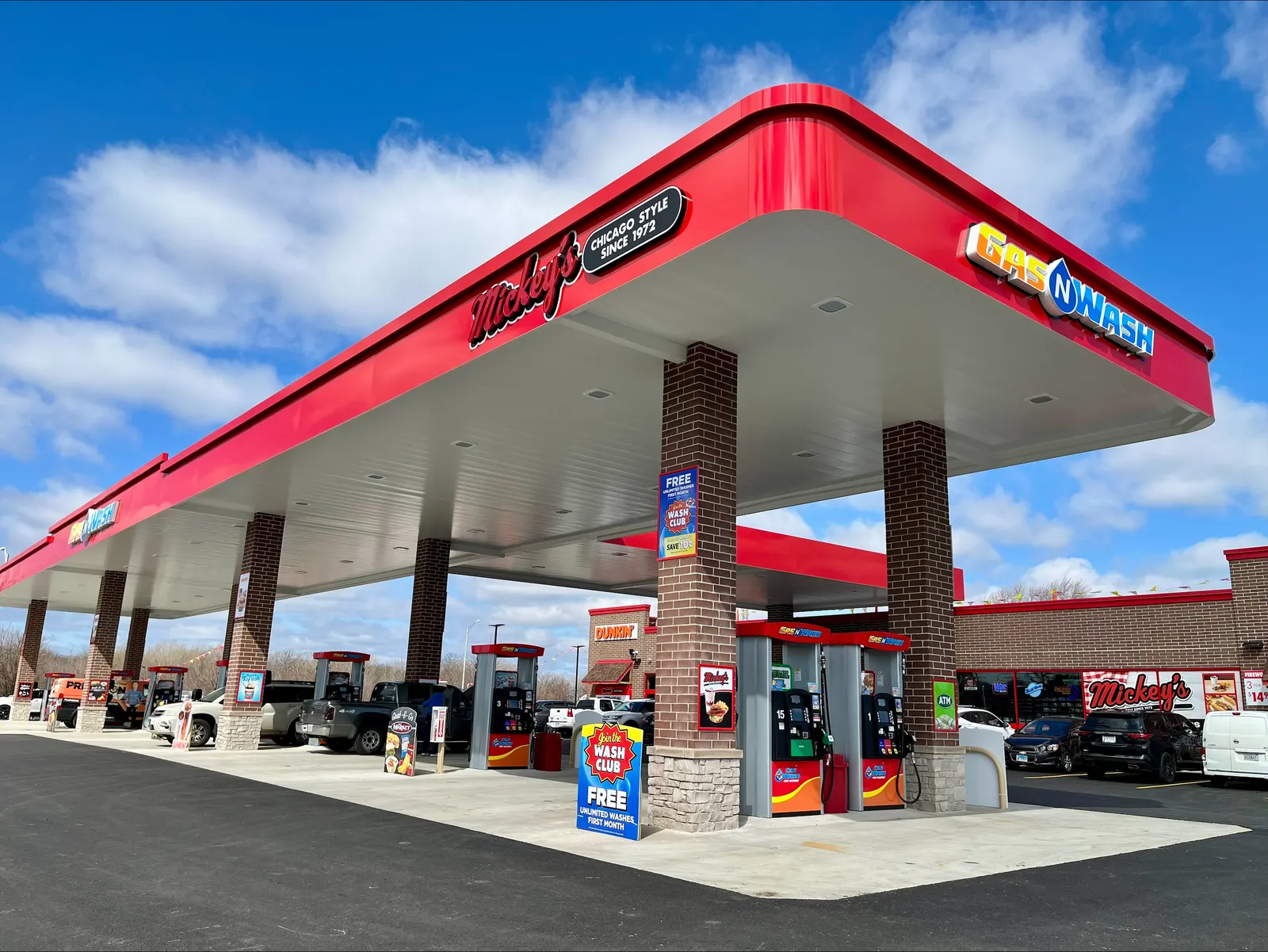
Small operators could test the waters with new, efficient technology, like Family Express has done with its recently launched mobile app and AI-fueled management software. Or maybe small retailers want to address the lack of third spaces with a welcoming new design, like The Rusty Lantern. They could even try opening in nontraditional locations like sports and music arenas, a tactic GoMart and Wally’s have tested.
Even within areas like fresh foodservice, which is growing more commonplace in convenience retail, there are ways to iterate and stand out. This could mean partnering with local restaurants, the way Gas N Wash has, or developing a proprietary program like Gastro High Octane Eats at Schmitz Sunoco.
“Who's going to challenge the norm?” Lawshe said. “Who's going to bring technology? Who's going to have the best solution?”
Building the brand
Small retailers also need to improve their brand strategy to connect with customers.
There are many ways for retailers to tell their story. They can promote their history or their mission and share their values with customers — something that’s especially important for younger shoppers.
“This generation is very brand aware and very brand loyal,” said Austin Burns, president and CEO of Paragon Solutions. “And there's a really good opportunity out there for these retailers to grab onto.”
This can look like Buc-ee’s, where the company mascot is plastered everywhere and its fans make trips just to visit its stores. Or it can look like Rutter’s, which often promotes its 270-year history in its home state of Pennsylvania and ties its roots as a dairy into the marketing of products like milk and egg nog.
However, if a chain is hoping to get acquired, building a strong identity could work against it.
Art Sebastian pointed to TXB as an example. While the chain is in a good position — well known and well loved — if it did want to sell, it might have a difficult time.
“The way they've built a brand, it would be hard for a big player to acquire them and just weave them into their system,” said Sebastian, CEO of c-store advisory firm NextChapter. “Casey’s just can't take that chain and slap pizza in there, right?”
Experts emphasized retailers need to figure out what their value is to the shopper and how to connect. Differentiating their offering and experience from the big players to the point where people are talking about it among friends and on social media has become a valuable commodity.
“You have a real opportunity now,” said Burns. “Your brand is more valuable than the real estate.”
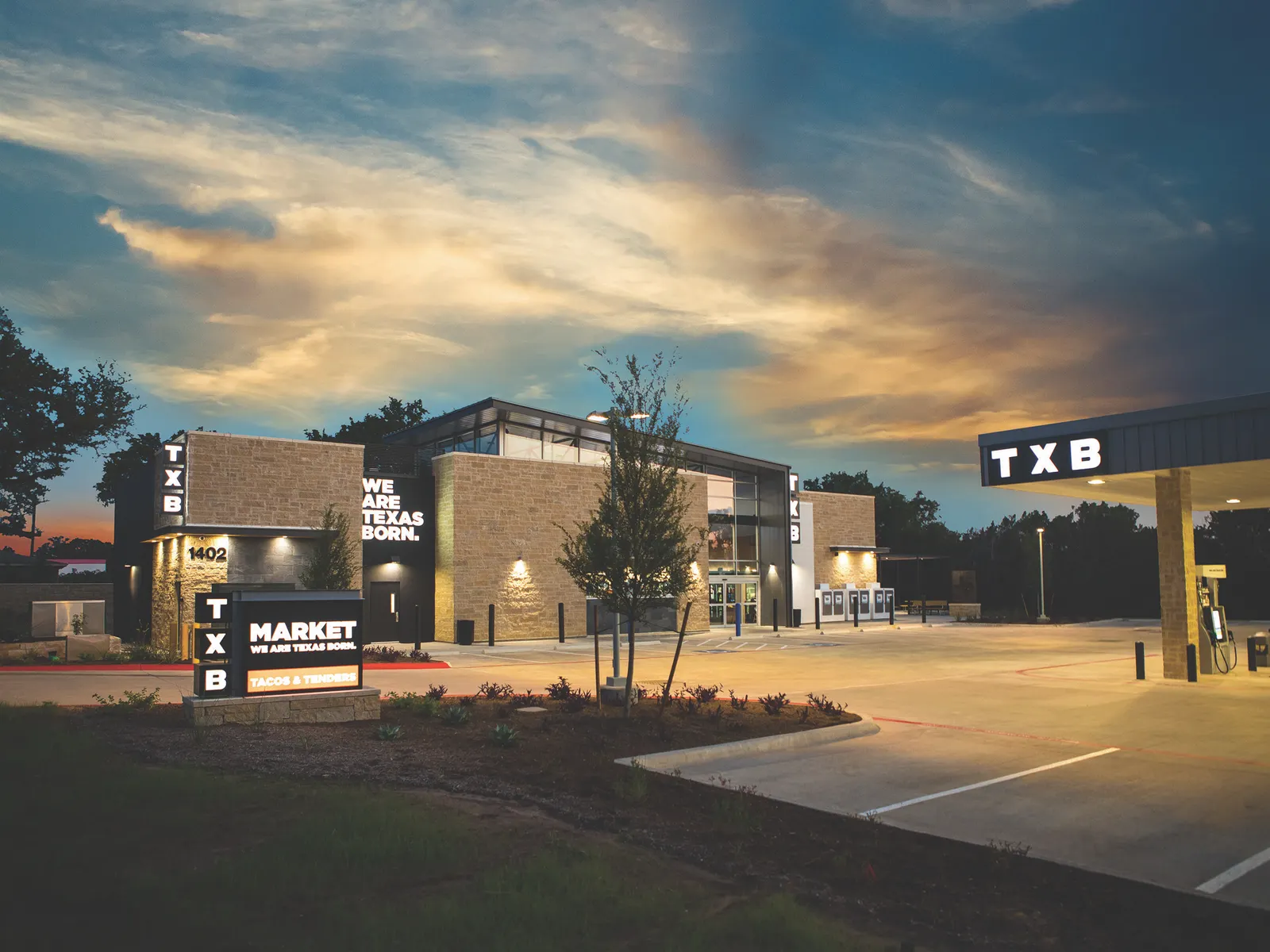
Know when it’s time to cut losses
C-stores should look for ways to update their stores in order to keep them competitive — but they should also know when the extra investment just isn’t worth it, experts say.
If a store is underperforming and the owner can’t or won’t invest back into it, ownership should ask themselves if the site is still worth running. There’s a lot of data out there that can help retailers make the decision, Burns noted.
With larger companies expanding their reach and some smaller companies innovating to change the game, it could just hasten the decline of aging locations that don’t get updated.
“We see it all the time, whether it's a Buc-ee’s or [QuikTrip] or RaceTrac, going up against legacy stores across the street,” said Lawshe. “And those legacy stores, they just go in the tank.”



